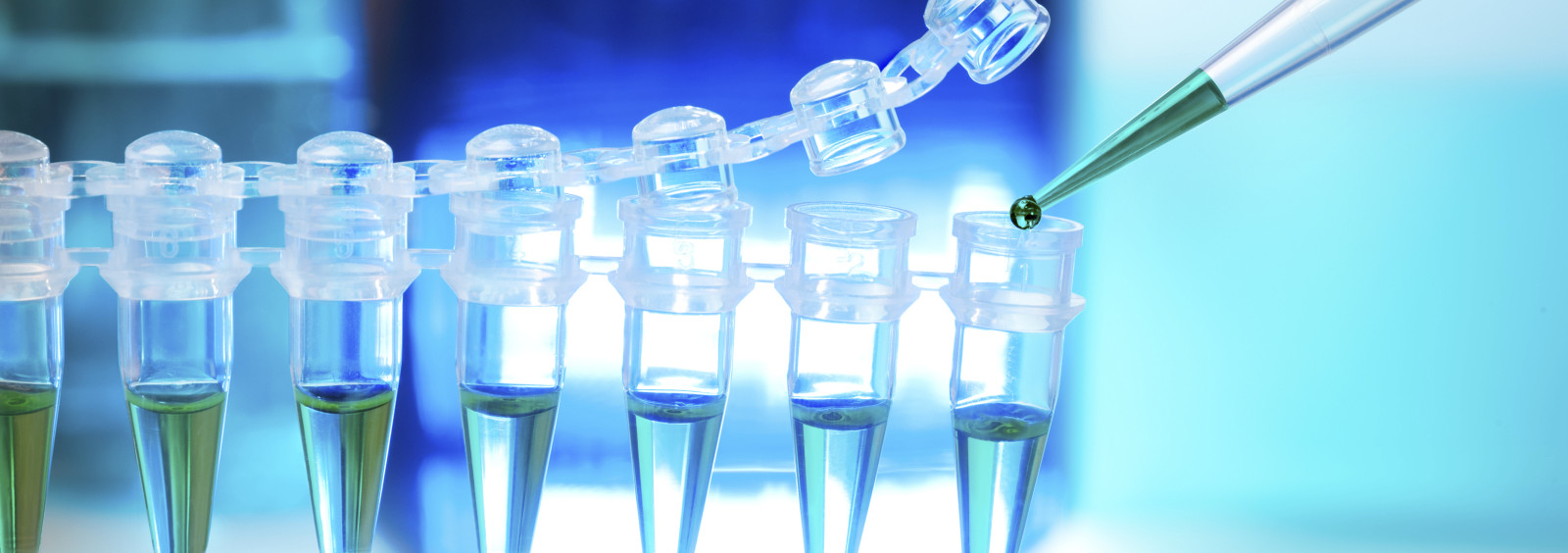Article provided by Dr. Felix Rippy
See how physicians are benefitting from the development of molecular beacons.
Recent technological advances have led to more clinical diagnostic tests being performed on the molecular beacon probe. Because of their potential to quantify multiple pathogens in the same clinical sample, their promise has greatly increased to the point where physicians will greatly benefit from the use of these beacons. These beacons now give specialists the ability to detect antibiotic resistant strains within hours of being tested.

About Molecular Beacons
Molecular beacons are oligonucleotide probes that have a fluorescent label that activates upon hybridization to a DNA or RNA target. Through laboratory diagnostic tests, these beacons function by identifying the pathogen responsible for a patient’s illness. For instance, bodily fluid from the patient is extracted and placed in a tube. The molecular beacon’s job is to cause it to glow a certain color to indicate what’s causing the problem. Because of advancements in science and biology, a more diverse platform of pathogens are being introduced into the clinical setting to undergo trials.
Discoveries
Once molecular beacons were introduced, advances have led to the discoveries of new resources that can be used to perform multiple tasks at the same time. Some of the new tools that scientists have access to now are: TaqMan probes, spectrofluorometric thermal cyclers, and dual-labeled probes. These developments have led to an increase in the number of tests to detect not only human pathogens, but environmental and food contaminants as well.
With new advanced methods being introduced, detection and testing methods are becoming more precise and are allowing physicians to diagnose diseases with greater efficiency and accuracy than ever before.

